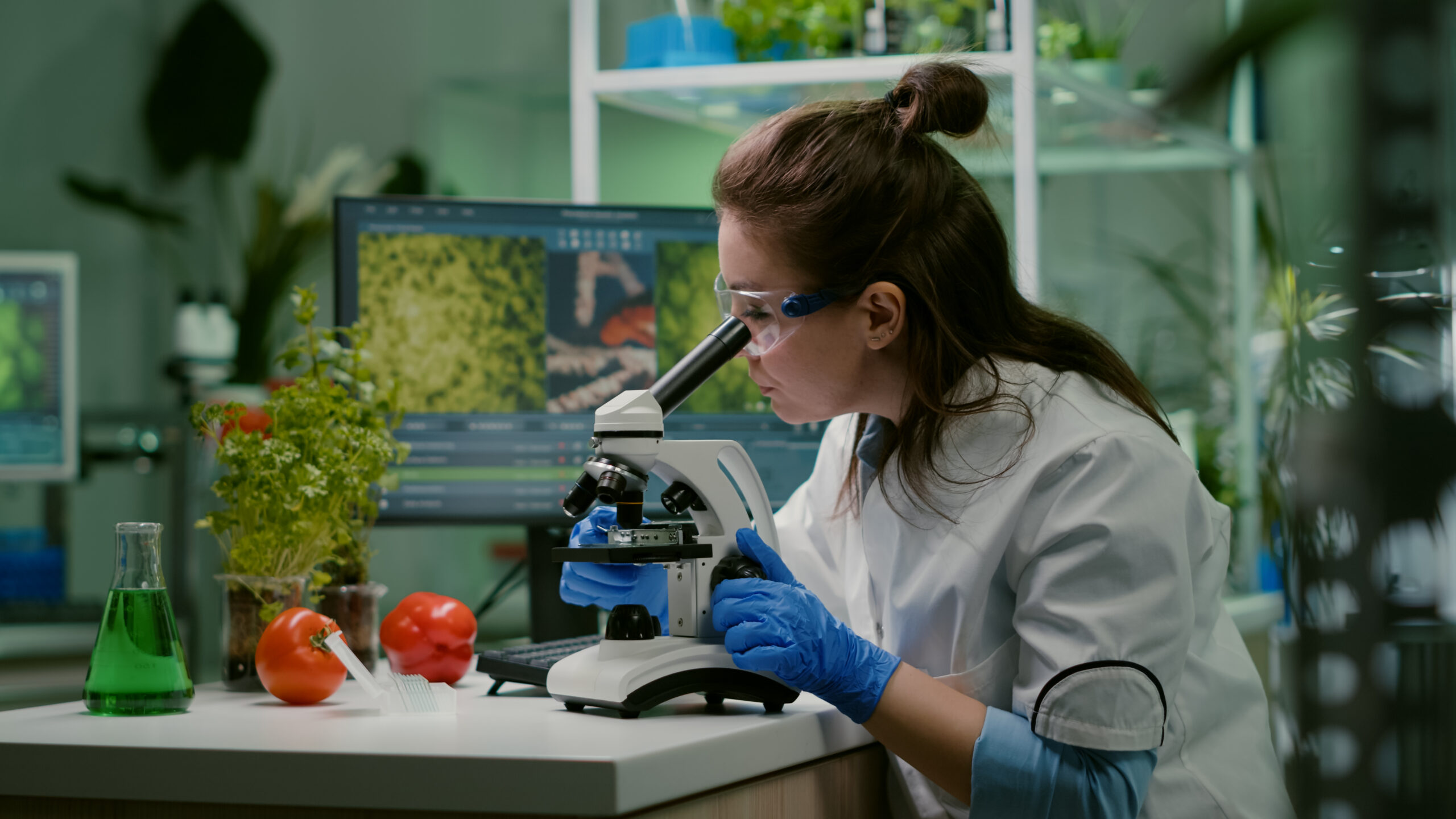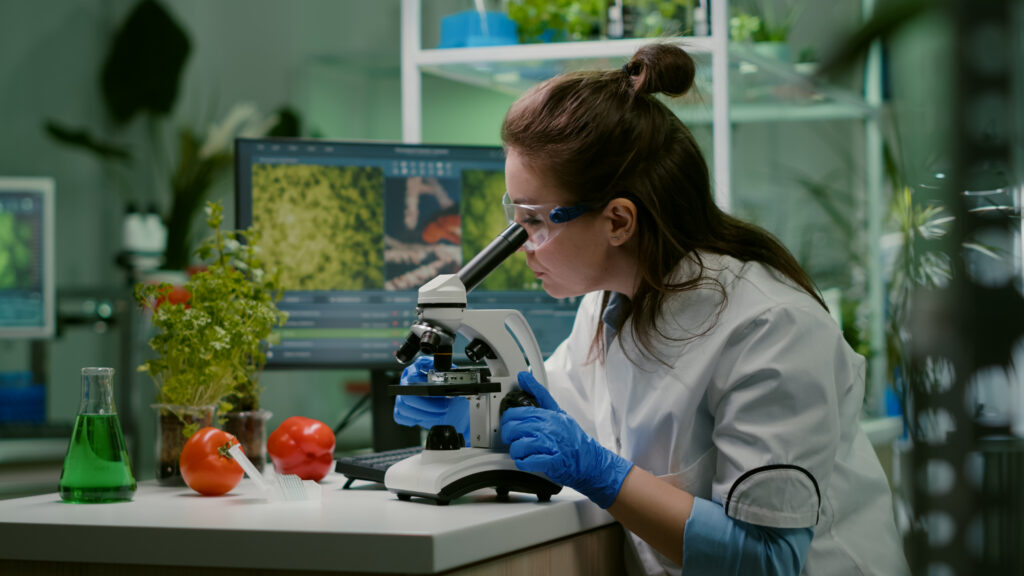TheLitPerspective is your one-stop shop for everything that ignites the spark of curiosity within you.

Menu in 2050: Predicting What Will Be the Future of Food

Image by DC Studio on Freepik
Do you have a favorite dish in your childhood?
A comfort food or something that gets you through some of the toughest days. Whatever dish this is and whenever you’ve last had it, chances are, it has started to look quite different now to how it had originally been. Like everything else, change is the only constant, and this sentiment can also be applied in the culinary landscape.
Things will change, whether by force or preference. While the future of food can be rough to decipher, one thing is certain: people will have to live with these changes.
Before any consequential shift occurs, what have people predicted about this?
What Will Be the Future of Food?
The future of food will be shaped by several factors, from people’s habits and attitudes about consumption to environmental differences the world will encounter. Only time can tell in which direction these shifts will occur. But overall, expectations and current progress all point to gradual yet major changes throughout the next twenty or so years.
In the past, the world has influenced the food industry to make significant changes as it progressed. The field had to adapt to the technological advancements it brought and accommodate the preferential changes it encouraged in people. You have not only observed these movements but also experienced them first-hand, from how restaurants and household kitchens changed meal preparation and production to how ingredients became more different and diverse.
With the ever-rising population coupled with the ever-erratic climate, the future of food will definitely have to undergo some constant changes.
By 2050, the world’s population is expected to reach 10 billion. Unfortunately, with the decline in the world’s environmental conditions and resources, there might not be enough land to provide for such a number. This not only poses a challenge to the world’s economics and politics but also suggests an urgency in changing certain systems involving consumption and production.
The bottom line is people are expected to eat differently.
In what ways are they expected to adjust?
How Will This Change Possibly Manifest?
Before looking into the future of food production, it’s only logical to tread back to how things had been.
Author Eleanor Gaccetta has written material just for this purpose. Generations of Good Food might seem like your typical recipe book comprised of different recipes and ingredients. But above being close to not only hers but also her family’s heart, the book also offers something more—a story capturing years of strong family ties, the essence of how this bond should be. As the title says, Generations of Good Food traces back generations of shared meals and meaningful memories within families.
While this cookbook by Eleanor Gaccetta might not include futuristic dishes in its list of recipes, it will take you on a trip down memory lane. Brimming with generations of dishes, Generations of Good Food is an excellent way to reflect on how food has evolved.
The future of food will then tackle multiple challenges, most of which consumers’ preferences will still be catered to. After all, eating is a significant aspect of people’s lives. It not only fulfills physiological needs but also enhances social and emotional ones. Food culture plays a significant role in societies. Looking closely at possible changes will be beneficial for everyone.
Here’s how the future of food may start to look like in the coming years:
Edible Insects
This isn’t a foreign concept in some countries. However, a significant portion of the world may consider this a recurring theme in most dishes or a normalized part of their routines. In fact, close to 2 billion people are already practicing this as an integral part of their culture. Insects are a rich source of protein and other nutrients. They’re also eco-friendly and commonly abundant in most areas.
As the future of food will have to thoroughly consider sustainability, incorporating insects in your diet would be an excellent way to cause less harm to the planet. Compared to the constant consumption of meat, there might come a time when this will be considered the better option.
Plant-Based Meat
This is in line with veganism or opting for healthier substitutes. Instead, a lot of research is going into crafting actual plant-based meats. It’s been found that a molecule called “heme” carries the texture of meat, which can be utilized in new food products. Such a concept has already been applied to wheat-based protein, potato starch, and coconut oil as other plant-based alternatives to meat.
Lab-Grown Meat
As the world experiences more technological advancements, the future of food might veer into very futuristic themes. Instead of looking into healthier alternatives, society might supply people with a relatively similar option but through advanced processes. Sustainability doesn’t always have to be flavorless or something that’s only limited to plant-based choices. Instead, technology would have to step in and provide a more high-tech approach to the situation.
If you’re interested in learning what generations past prepared and how this differs from your meals now, check out the recipes in Eleanor Gaccetta’s Generations of Good Food. It is available on Amazon, Barnes and Nobles, and at her website www.onecaregiversjourney.com.

Hello! Do you like art? Cats? Manga and anime? Perhaps a chill rainy afternoon? You are very welcome to my world!



